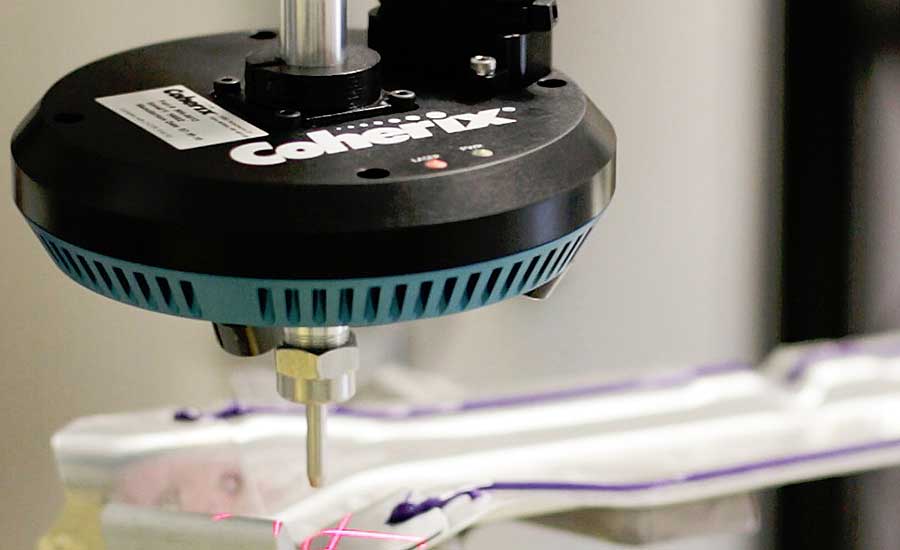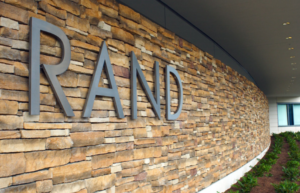
(Coherix, 20.Sep.2023) — Michigan-based Coherix is developing quality-control technology that can improve EV-battery safety, service life and quality while reducing production costs.
The company has pioneered the development of 3D machine vision, artificial intelligence and proprietary process-control software to manage critically important processes to seal battery cases and covers in order to assure performance and safety.
More than 3,000 Coherix systems currently are in use on battery- and automotive-assembly lines worldwide. Juergen Dennig, the company’s president, says that Coherix expects that number to nearly double over the next two years.
Dennig notes that manufacturers around the world are in the race to improve battery quality, safety and performance while reducing weight and cost. He warns, however, that mass production of electric-vehicle batteries is still in its infancy and many companies continue to develop quality-control processes on a trial-and-error basis.
“The automotive industry is moving at light speed in its development of battery technology,” Dennig adds. “The growth in EV sales puts a spotlight on battery-manufacturing processes needed to properly seal lithium-ion battery cases and covers to achieve optimal performance, safety and quality.”
The application of adhesive sealant to properly close battery covers and packs is a major challenge. Coherix 3D vision systems help manage and inspect the exact amount and placement of sealant during the battery-assembly process.
The company also has developed software capable of automatically adjusting the application of adhesives at line speed for batteries and battery covers to improve quality, cut downtime and reduce labor and material costs.
Adhesives can cost up to $180 or more per gallon. The use of Coherix technology has been proven to reduce the amount of sealant used in the assembly of battery packs and covers by up to 30 percent. For an assembly line producing 300,000 batteries per year, the annual savings could total up to $4 million.
Many battery manufacturers today rely on inefficient 2D camera systems to monitor the application of adhesives for battery packs and covers. Dennig points out that 2D systems are affected by ambient light, unable to detect adhesive volume and cannot monitor other critically important sealant-application data (such as bead shape, center height or cross-section measurements).
He notes that unlike 2D and other adhesive-inspection systems, Coherix 3D quality-control systems can measure and adjust the amount of sealant used in robotic dispensing processes and ensure that critical center-height and volume specifications are met.
In addition, the use of the company’s adaptive process-control technology also helps eliminate unscheduled downtime and allows sealant-application robots to run at maximum speed.
“Adaptive process control and 3D-vision technology will be the quality-control standard for sealing battery closures in the not-to-distant future,” Dennig predicts. “Our technology is rapidly gaining acceptance not only in North America, but in the Asia Pacific region and Europe as well.”
____________________

